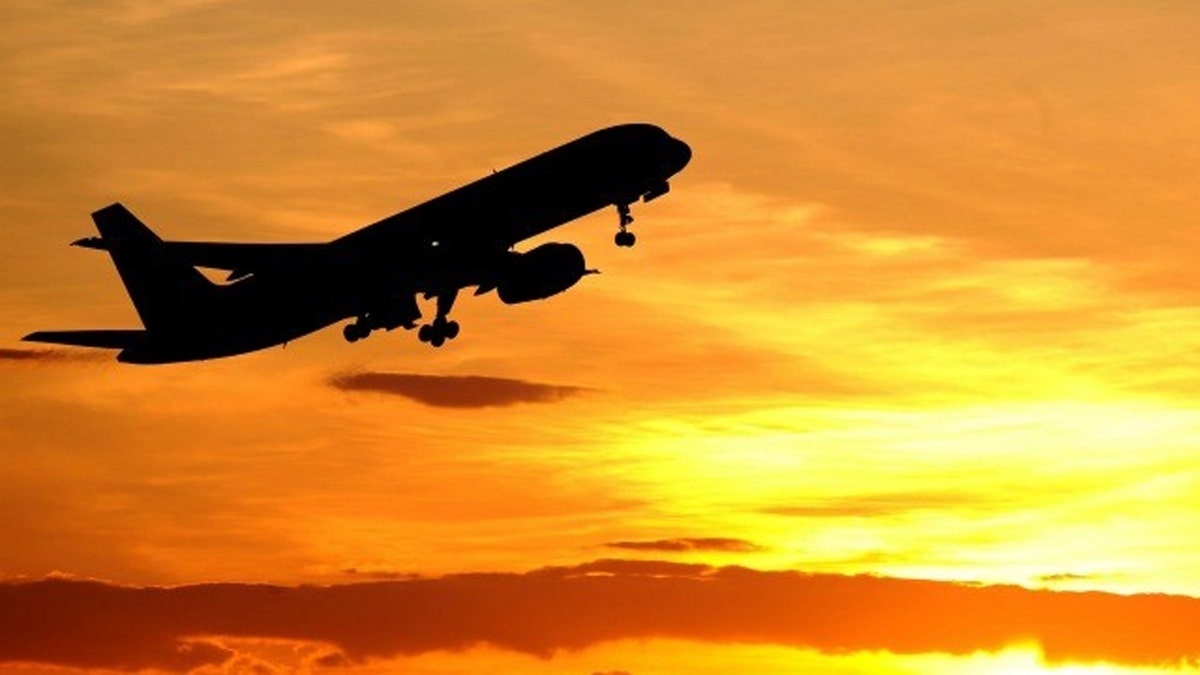
United, Delta, American, Southwest and JetBlue have all announced the $3 increase. (AP)
Last week, major airlines in the U.S. raised one-way fares by $3 across the board ($6 for round-trip fares). This is the first such price hike since the middle of last year.
Of course, any rise in the cost of travel is certain to draw complaints from fliers. Critics point to the record profits that airlines enjoyed in 2015 and also to the continued low cost of fuel. Airlines, meanwhile, contend that the increase is necessary to cover the growing cost of labor and to make certain that there is no return to the recent era of bankruptcies and bailouts.
Every major carrier increased its prices last week
There is really no way to escape paying the three additional dollars. United, Delta, American, Southwest and JetBlue have all announced the increase. It is common for airlines to match each other's fare hikes, especially if they compete with each other on high-traffic routes (like Delta and Southwest). In this particular instance, Delta was the first airline to tack the $3 onto one-way tickets. They were followed shortly by Southwest.
Southwest’s price moves are arguably more important to other airlines than Delta’s. That is because Southwest competes on price alone for many routes. Other carriers have to match them in order to remain competitive. If Southwest announces an increase, its competitors will almost always quickly post matching fare hikes so that they can squeeze every dollar out of the route.
That said, having a price change that is matched by every major carrier in the country in such a short amount of time is rare. It also means that travelers really have no way around paying the higher prices. Despite the success of other airlines like Spirit, the three legacy carriers and two major LCCs control more than 80 percent of the U.S. domestic market.
What does the increase tell us about the industry?
The two main takeaways from last week’s fare changes are 1) that mergers have lessened the amount of competition and 2) that low fuel prices and higher profits are not likely to translate into lower fares (at least not on domestic routes within the U.S.).
The number of legacy carriers has been cut in half over the past decade, and the AirTran-Southwest merger has shown that budget carriers are willing to consolidate as well. Critics who said that the era of mergers would lead to less competition and higher prices will point to this week’s modest hikes and say “I told you so” (while also predicting that more dramatic increases are in the future).
Everyone was hoping that lower fuel prices would lead to lower fares. That has not happened. Again, even though this week’s increases seemed modest, they are a sign that the dream of cheap oil translating into cheap travel costs is dead.
One promising trend, according to Reuters, is that competition is leading to lower fares on high traffic routes. The lowest fares on America’s busiest routes are, on average, 24 percent cheaper than the cheapest tickets available one year ago. So although the $3 price changes are making headlines, there are good deals to be had. Still, though, airline-watchers will be on the lookout for this kind of industry-wide fare hike in the future.
More from TravelPulse
A Whopping 14 'Wave Season' Cruise Deals
Don’t Go on Your Next Trip Without These 5 Unique Travel Gadgets
What Are This Year's Top 10 Winter Travel Destinations?
Video Shows How To Keep The Happy In Your Vacation Plans
